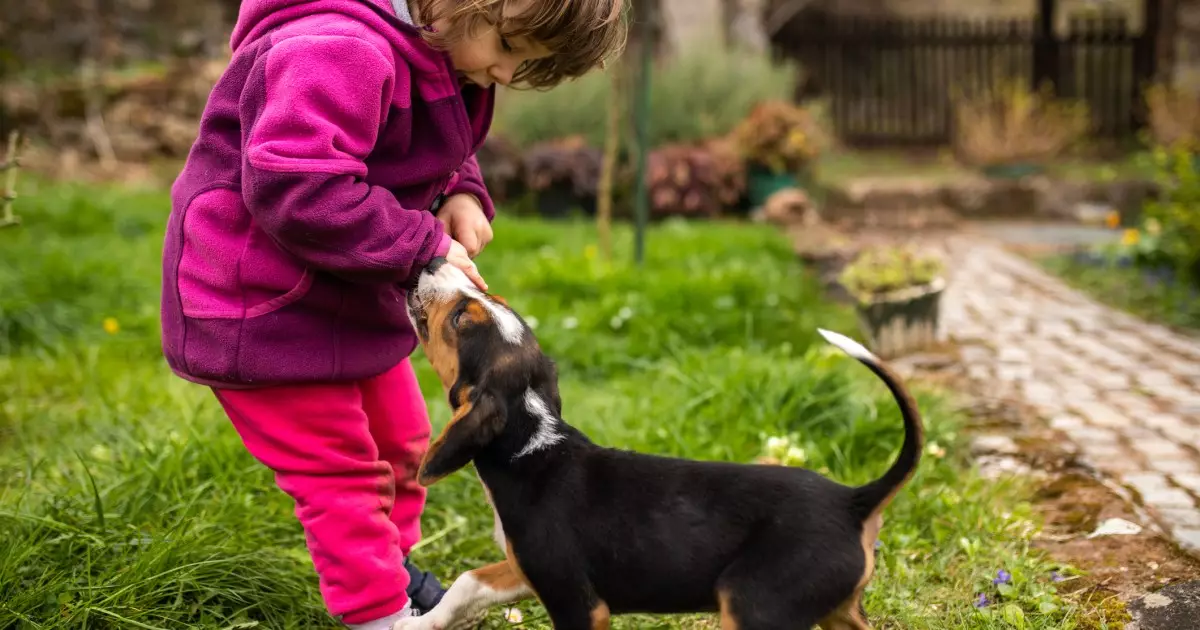Pet ownership can be a fulfilling and joyous experience, but it also comes with its own set of challenges, one of which is the risk of bites. Animals use their mouths not just for eating, but for exploring, communicating, and expressing discomfort. A bite from a pet can occur in various situations, leading to different levels of injury and necessitating different responses. This article aims to clarify how to handle bites, the underlying reasons pets may bite, and essential care techniques.
The mouth of an animal serves many purposes beyond the mere intake of food. Dogs and cats, for instance, utilize their mouths as tools for exploration and interaction with their environment. They may bite when they are scared, surprised, or in pain, which can lead to unfortunate incidents where humans or other pets may get hurt. The range of bites can vary significantly, from minor scrapes that barely breach the skin’s surface to deep punctures requiring immediate medical attention. Understanding this context is critical for pet owners, as it can help identify when an animal’s behavior might lead to a dangerous scenario.
If a pet bites a human, prompt and appropriate action is necessary to minimize the risk of infection or further injury. For minor bites that cause only light marks, begin by cleaning the area thoroughly with soap and water. Once cleaned, dry the skin gently, then apply an antibiotic ointment and cover it with a bandage. However, in cases where the bite causes bleeding or deeper wounds, it’s essential to apply direct pressure using a clean cloth until the bleeding ceases. If the situation seems serious, seeing a healthcare professional is crucial for further evaluation and treatment. This may include stitches or a regimen of antibiotics, especially since animal saliva can harbor harmful bacteria.
Infection can present itself in various forms; prominent signs include swelling, redness, and pus at the wound site. Keeping a watchful eye on these indicators can determine whether additional medical attention is needed.
Pets that sustain injuries from bites can also fall victim to infection and complications. If your pet is bitten, it’s advisable first to muzzle them, as pain may trigger a reflexive bite. Once muzzled, inspect the wound closely, trimming any surrounding fur to get a clearer view. Cleanse the affected area with lukewarm water for several minutes, gently drying it afterward before applying a suitable antibiotic ointment and securing it with a bandage.
For severe bites, immediate vet care is crucial. Bites in sensitive areas like the throat or abdomen can be deceptively serious, and signs of internal bleeding (such as pale gums) are red flags that warrant urgent evaluation.
Understanding why a pet might bite is crucial for prevention. Common triggers include pain, fear, or discomfort. Older pets of which owners may be unaware can develop conditions like arthritis that make them sensitive to touch, leading to bites when inadvertently harmed. Additionally, puppies possess a natural instinct to chew and may bite during play. Owners should address these behaviors early on by making loud sounds when bitten and withdrawing attention, thereby establishing boundaries.
Education and training during a pet’s formative years can significantly reduce the likelihood of bites as they grow older. Understanding body language and cues can also offer insight into a pet’s mood and potential triggers, paving the way for a safer interaction.
Being a responsible pet owner comes with the commitment to recognize the signs of stress or discomfort in pets and take preventive measures against bites. Understanding how to care for bite wounds, both in humans and animals, alongside recognizing the pet’s emotional state can make interactions safer for all involved. Being aware of local wildlife and ensuring pets are vaccinated against rabies further protects both the pet and owner from unforeseen complications.
By promoting a safe and nurturing environment, pet owners can ensure that both their furry companions and themselves remain happy and bite-free.


Leave a Reply